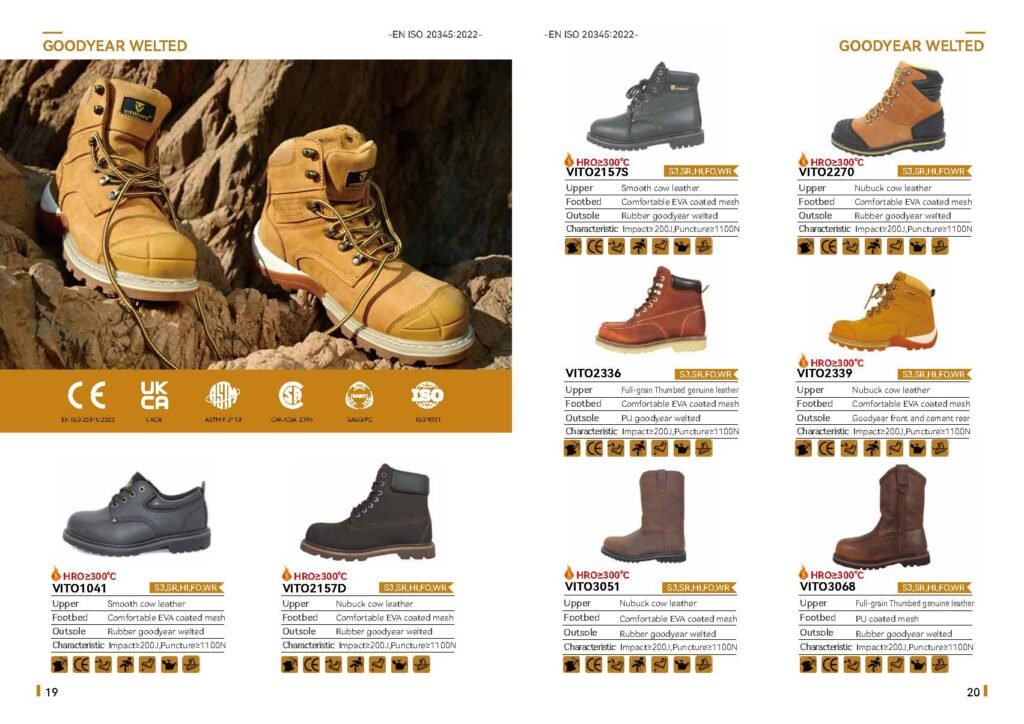Methods for maintaining safety shoes
1. Cleaning
Pay attention to timeliness and remove soil, oil, chemicals, and other residues from the shoe upper and sole as soon as possible after work.
Use a soft bristled brush, damp cloth (or specialized cleaning agent) to wipe. Avoid prolonged soaking, use of strong acid and alkali solvents, or high-pressure water gun flushing to prevent damage to leather, adhesives, or functional materials.
Regularly remove shoelaces and insoles for separate cleaning and air drying,
2. Drying
After cleaning, place it in a well ventilated, cool, and dry place to air dry naturally. Avoid direct sunlight or baking near heat sources.
If the inside of the shoes is damp, paper balls or specialized shoe desiccants can be placed to absorb moisture. Keeping the inside of the shoes dry is the key to preventing bacteria and odors.
3. Check
It is recommended to check before wearing and regularly. Pay attention to whether there is severe wear, tear, crack, hardening, or deformation on the upper and collar of the shoe.
Is the sole of the shoe excessively worn, cracked, layered, or pierced by foreign objects.
Whether protective components such as steel heads are displaced, deformed, or loose (can be sensed by pressing); If there is a puncture resistant layer, check for any abnormal protrusions or damage sensation.
Whether the stitching/bonding is open or not.
Are accessories such as shoelaces and fasteners intact.
Immediate cessation of use is required upon discovery of any damage, severe wear, or functional abnormalities.
4. Storage
Store in a dry, cool, and well ventilated environment.
To avoid compression deformation, shoe supports or paper balls can be inserted to maintain the shoe shape.
Stay away from chemicals, oil stains, high temperature sources, and direct sunlight.
5. Replacement
Even if the appearance is intact, safety shoes, especially those that involve key protections such as electrical performance and chemical resistance, have a service life. VITOSAFE recommends a replacement cycle of 6 months to 1 year, depending on the intensity of use and environment.
Safety shoes related to electrical performance should be regularly tested for electrical performance in accordance with 6.4.3 of GB21148-2020. If there are no relevant regulations, it is recommended to test the shoes every six months.
When it is confirmed through inspection that the protective performance is damaged, irreparable, or seriously affects safety, it must be replaced immediately.
When shoes are severely deformed, causing discomfort during wearing, affecting walking or work, replacement should also be considered,

